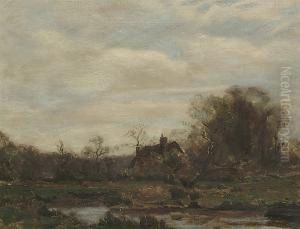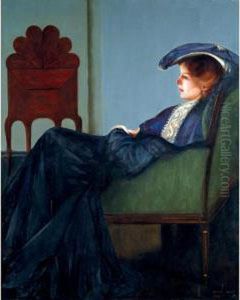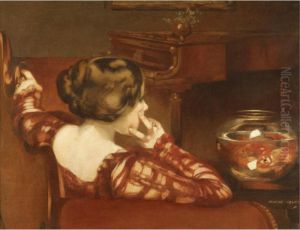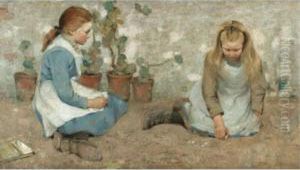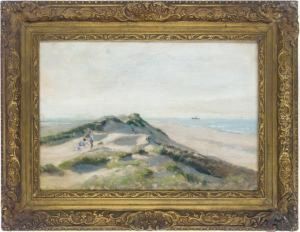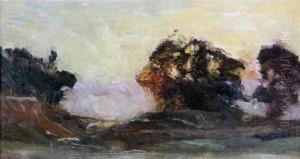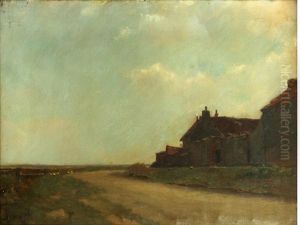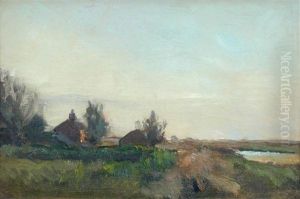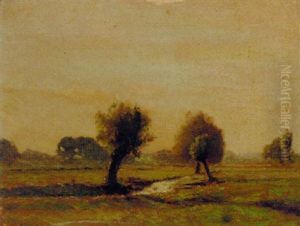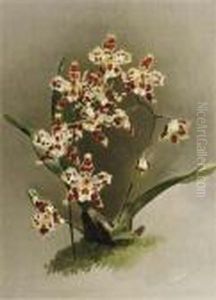Henry George Moon Paintings
Henry George Moon was a British botanical illustrator and artist, known for his detailed and colorful plant illustrations, which were primarily published in journals and books in the late 19th and early 20th centuries. Moon was born in 1857 in Britain and developed an interest in the natural world at an early age. His talent for drawing and painting plants was evident from his youth, and he pursued a career that combined his passion for botany with his artistic skills.
Moon's illustrations often featured flowers and plants, capturing their intricate details with a high degree of accuracy. His works were characterized by their vivid colors and the lifelike representation of plant species. Moon's contributions to botanical art were significant during his time, as his illustrations served both scientific and decorative purposes. They were used by botanists for identification and study, as well as by the general public for their aesthetic appeal.
Throughout his career, Moon worked on various projects, including contributions to magazines such as 'The Temple Magazine' and 'The English Illustrated Magazine'. However, he is perhaps best known for his work with Curtis's Botanical Magazine, a leading publication in the field of botanical illustration. His collaboration with the magazine spanned over several years, and his illustrations played a crucial role in documenting the plants featured within its pages.
Despite his success as a botanical illustrator, Henry George Moon's life and work are not as widely known as those of some of his contemporaries. He passed away in 1905, leaving behind a legacy of beautiful and scientifically valuable botanical art that continues to be appreciated by those with an interest in botany, horticulture, and illustration. Moon's contributions remain an important part of the history of botanical illustration, and his works are still studied and admired for their beauty and precision.

